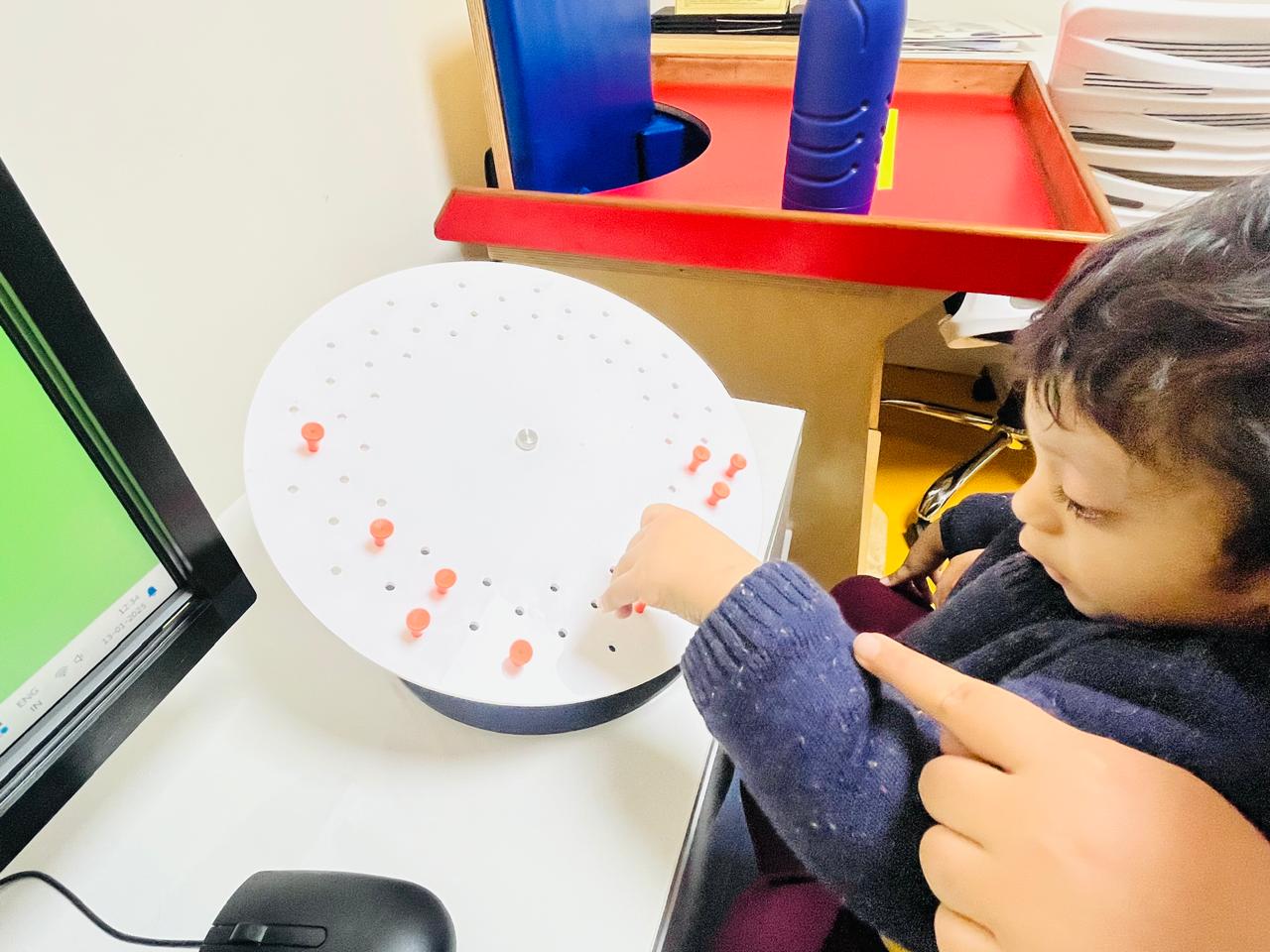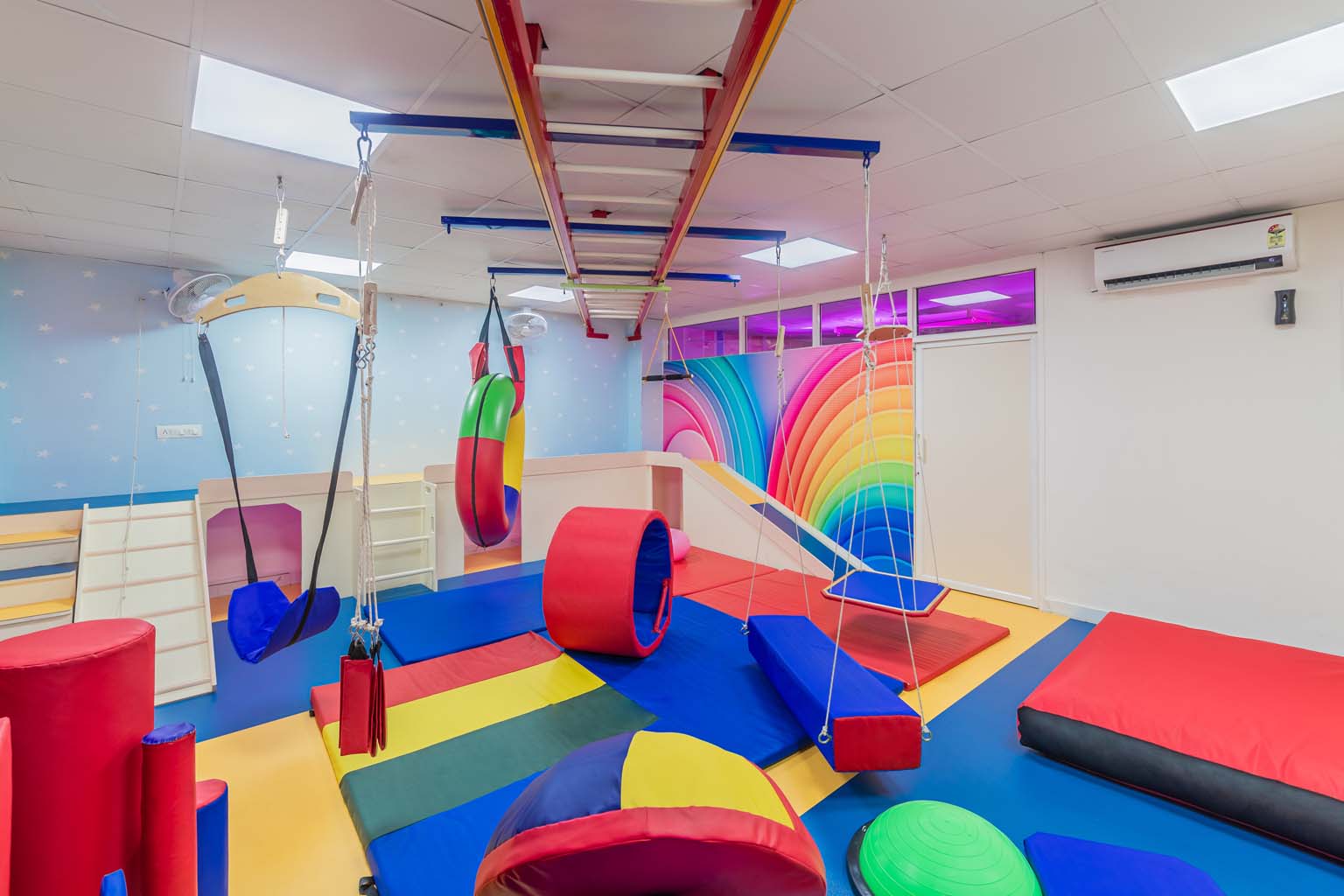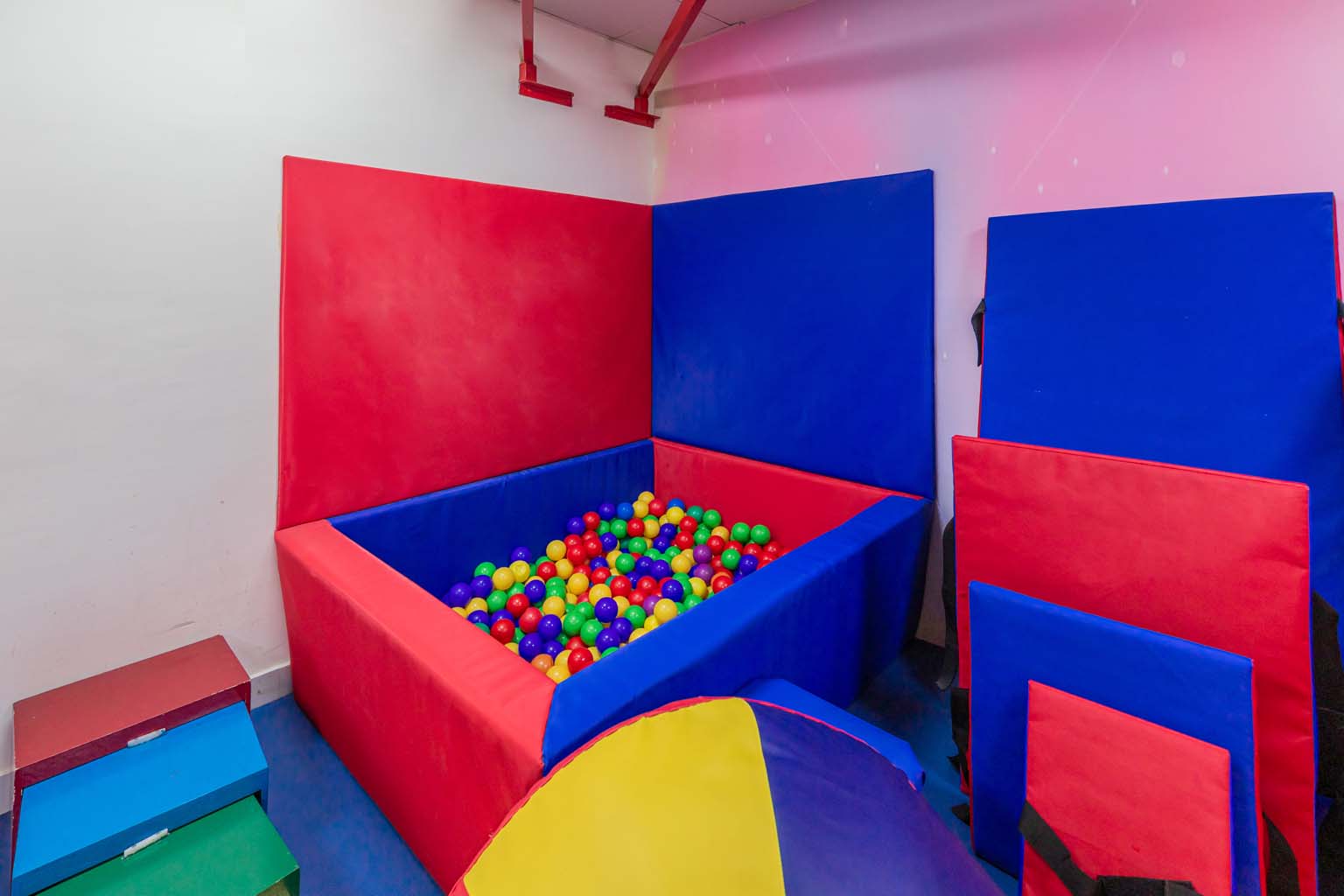Visual Rehabilitation MileStone Therapy
At Mile Stone Therapy, we understand the significant role that vision plays in a child's development and overall quality of life. If your child is facing challenges related to vision, whether it’s poor eye coordination, difficulty processing visual information, or issues with depth perception, Visual Rehabilitation is a crucial step toward improving their ability to engage in daily activities. Our personalized approach is designed to help children enhance their visual abilities and develop essential skills for academic success, social interactions, and physical activities.

What is Visual Rehabilitation?
Visual Rehabilitation is a specialized therapeutic process aimed at improving a child's visual functioning. This program focuses on helping children with visual processing disorders, eye coordination issues, and other vision-related challenges that may impact their ability to see clearly, focus properly, or process visual information effectively.
At Mile Stone, we focus on:
Visual Processing Skills
Helping children understand and process visual information quickly and accurately.
Eye Coordination and Alignment
Strengthening the muscles that control eye movement to improve tracking, focus, and alignment.
Depth Perception
Improving a child’s ability to judge distances and spatial relationships accurately, which is essential for activities like reading, playing sports, and moving around safely.
Acuity and Focusing
Enhancing the ability to maintain clear, focused vision at different distances, whether near or far.
Functional Vision
Making sure that visual skills support daily activities like reading, writing, playing, and navigating different environments.
Why is Visual Rehabilitation Required?
Children who struggle with vision-related challenges may face difficulties that affect their learning, motor skills, and daily life. Visual rehabilitation is required when a child’s visual system is not functioning at its best, which can impact:
- Academic performance:Poor visual processing can lead to difficulties with reading, writing, and understanding information presented visually in the classroom.
- Eye alignment issues: Conditions like strabismus, where the eyes do not align properly, can cause double vision and hinder a child's ability to focus and engage in everyday tasks.
- Depth perception and spatial awareness:Difficulty judging distances and spatial relationships can make activities like playing sports, walking, or even crossing the street unsafe.
- Visual motor skills:Problems with eye tracking, focusing, or moving the eyes together can lead to frustration during schoolwork, reading, or other tasks requiring coordination.
- After-effects of brain injury: Children recovering from traumatic brain injuries (TBI) may experience visual processing difficulties that impact their ability to process visual input effectively.

How Visual rehabilitation helps children?
The goal of visual rehabilitation is to help children function more effectively in their environment by improving how they use their vision in daily tasks, such as reading, writing, and navigating their surroundings.
- Improve visual acuity and focus.
- Strengthen eye coordination for better alignment and movement.
- Enhance visual processing skills for quicker, more accurate interpretation of visual input
- Develop depth perception for improved spatial awareness.
- Overcome strabismus (crossed eyes), amblyopia (lazy eye), and other common vision problems.
How Our Program Works
At Mile Stone Therapy, our Visual Rehabilitation program is individualized, designed to meet the specific needs of each child. Here's an overview of how we work:
- Comprehensive Evaluation: We begin with a detailed assessment of your child’s visual skills, including an evaluation of their visual acuity, eye coordination, and visual processing abilities. This helps us identify areas that need improvement.
- Customized Treatment Plan: Based on the results of the evaluation, we create a personalized therapy plan to target your child's specific needs. This may include exercises to improve eye alignment, visual processing, focusing skills, and more.
- Therapeutic Exercises: Our therapy includes a variety of exercises and activities designed to strengthen the muscles controlling eye movement, improve visual tracking, and enhance visual processing. These may include games, eye exercises, and interactive tools that make therapy both fun and effective.
- Integrating Therapy into Daily Activities: We focus on functional vision skills, helping children apply what they learn in therapy to everyday tasks, such as reading, writing, playing, and navigating their surroundings.
- Regular Monitoring and Progress Tracking: We monitor your child’s progress regularly and adjust the therapy plan as needed to ensure continued improvement. Regular follow-up sessions help us track your child’s development and fine-tune their treatment.
Who Can Benefit from Visual Rehabilitation?
Visual rehabilitation is beneficial for children who experience a variety of vision-related challenges, including:
- Children with visual processing disorders
- Children with eye alignment issues
- Children with amblyopia (lazy eye)
- Children with difficulty focusing
- Children with depth perception problems
- Children recovering from brain injuries
- Children with learning or academic challenges
